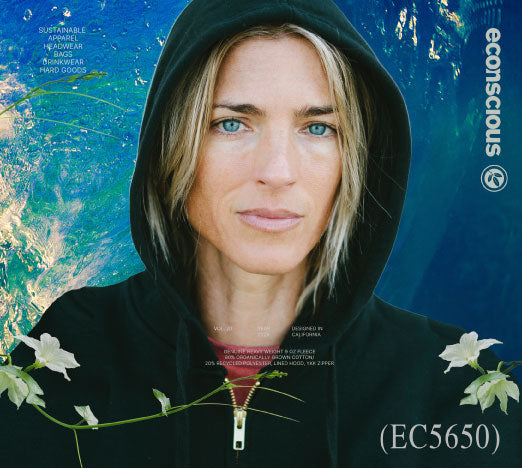40% of worldwide textile production uses cotton.
Currently, less than one percent of all cotton grown is organic.
It is estimated that each year Conventional cotton producers use as much as 25 percent of the world’s insecticides and more than 10 percent of the world’s pesticides.
According to the World Health Organization up to 20,000 deaths each year are directly caused by pesticide poisoning. The U.S. Fish and Wildlife Service has also found that pesticides unintentionally kill at least 67 million birds annually in the U.S.
These chemicals seep into run-off water and poison lakes, rivers and waterways, finding their way into our homes and bodies.
Many companies have made the commitment to create apparel and accessories using ONLY organic cotton. The reasons are compelling and important, and the impact of this change is far reaching.

What makes organic materials, like cotton, so much better than the conventional ones?
Organic cotton must be grown in a way that minimizes negative impact on our environment. A large part of the organic movement is the research into growing systems that replenish and maintain soil fertility and build biologically diverse agriculture, while using less water.
Most importantly, the crops cannot be treated with synthetic pesticides or fertilizers. Organic cotton cannot be grown from Genetically Modified seeds.
Organic growing practices have a lower carbon footprint as the entire process consumes less fuel and energy and emits fewer greenhouse gases.
Another benefit felt by switching to Organic agriculture are improved working conditions for farm workers, due to additional requirements that must be met to have your crop certified Organic. Certified Organic Cotton growers must prove safe working conditions, no child labor and fair wages.
Additionally studies show that Organic Cotton causes fewer allergic reactions than conventional. Organic cotton can also be softer and more durable.
The way that we increase the percentage of Organic Cotton in the market is to demand and request it. The bigger the demand, the more will be available.


